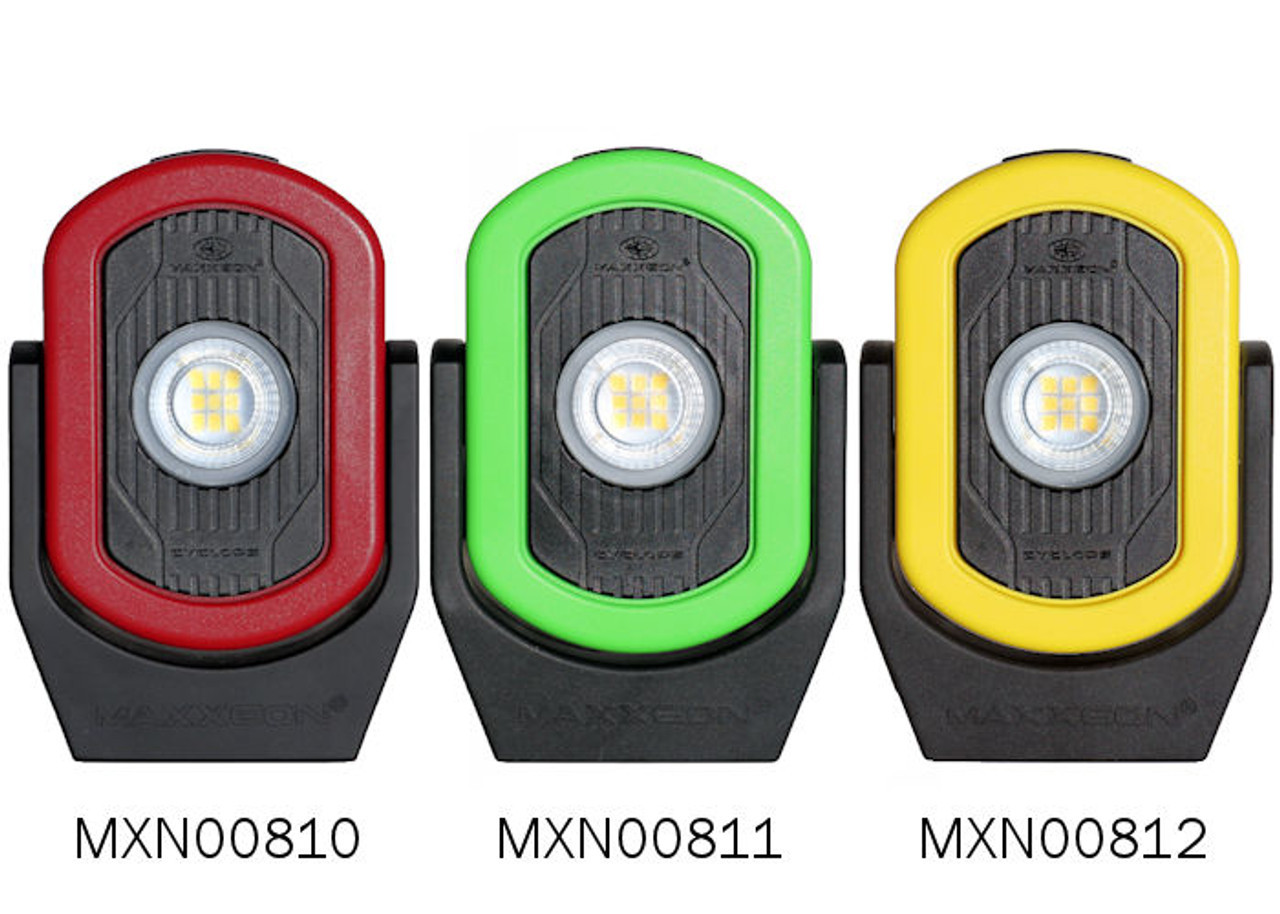Maximizing Worksite Efficiency: A Comprehensive Guide to LED Lighting Solutions in 2024
"Maximizing Worksite Efficiency: A Comprehensive Guide to LED Lighting Solutions in 2024"
Lighting is a crucial aspect of any workspace, and the right lighting system can transform a dark and uninviting environment into a bright and inviting one. With the rise of LED technology, it's never been easier to find the perfect lighting solution for your work site. In this article, we'll cover everything you need to know about LED lighting solutions for your workspace, including how many lumens you need, what to consider before buying work lights, and why LED lights are the best option.
Understanding Lumens: The Measure of Light Intensity
The measurement of the intensity of light is the lumen. For example, the brightness of a typical 40-watt bulb is 400 lumens. The higher the wattage, the brighter the morning and the higher the energy usage. When it comes to working sites, proper lighting is essential, and anything less than a bright light can make tasks difficult or even unsafe. This is why it's essential to understand the number of lumens you need for your workspace.
How Many Lumens Do You Need for Your Workspace?
The number of lumens you need for your workspace depends on your project size, location, and type of work you're doing. The following is a rough estimate from Home Depot that can serve as a starting point:
- Workspace or garage: 8,000 to 10,000 lumens
- Kitchen work areas: 7,000 to 8,000 lumens
- Bathroom: 7,000 to 8,000 lumens
- Home office: 6,000 to 8,000 lumens
- Dining room: 3,000 to 4,000 lumens
- Kitchen: 3,000 to 4,000 lumens
- Living room: 1,000 to 2,000 lumens
- Bedroom: 1,000 to 2,000 lumens
- Hallway: 500 to 1,000 lumens
For industrial spaces, you may need more lumens per square foot because of the potentially dangerous work environment. In these spaces, you may want to consider the Maxxeon MXN05010 Workstar 5010 Lumenator Area Worklight and MAXXEON WorkStar® 630 Technician's Rechargeable Headlamp.
For commercial spaces like retail stores, the number of lumens you need will depend on the size of your space and your local regulations. It's essential to determine the required commercial lumens per square meter for your specific needs.
Choosing the Right Work Lights: What to Consider
Choosing the right work lights can be overwhelming with so many options available. Here are a few things to consider when making your decision:
- Type of project: Consider the type of work you'll be doing and the lighting requirements for that type of work.
- Power source: Will you be working in a location with no power source? If so, you may want to consider a battery-powered lighting system.
- Handheld vs. standing: Do you need a handheld light or a standing light? Some lights have stands and don't require you to hold them, which can be more convenient.
- Lumen range: The best handheld work lights are usually between 250 and 600 lumens while standing work lights can achieve a range of 3,000 to 11,000 lumens.
Why are LED lights best for worksites
LED lights are considered the best option for worksites for several reasons:
- Energy efficiency: LED lights are highly energy efficient and use at least 75% less energy than incandescent lighting. This can result in significant energy savings for your worksite.
- Long lifespan: LED lights have a longer lifespan than traditional lighting options, lasting up to 25 times longer. This reduces the need for frequent replacements and saves money in the long run.
- Brightness and light quality: LED lights provide bright, clear light that is ideal for worksites. They also produce minimal heat, making them safer than traditional lighting options.
- Durability: LED lights are made with sturdy materials that can withstand the rigors of a worksite environment. They are also less likely to break or damage during transport or use.
- Versatility: LED lights come in various shapes, sizes, and colors, making them a versatile option for any work site. They can be easily mounted, clamped, or suspended to provide the perfect lighting solution for your workspace.
Why LED Lights are the Best Option
According to the Department of Energy, LED lights are a highly energy-efficient lighting technology that has the potential to change the future of lighting in the United States. Residential LED lights, especially ENERGY STAR-rated products, use at least 75% less energy and last up to 25 times longer than incandescent lighting. Strive to use LED lights and safe energy.
The Tend Industrial Supplies' wide selection of Maxxeon lighting helps you create both stylish and functional spaces.
Frequently Asked Questions
1. What is the maximum efficiency of LED lights?
The theoretical maximum efficiency occurs when all input energy is converted to energy in photosynthetic photons. Blue LEDs can be 93% efficient, phosphor-converted “whites” 76% efficient, and red LEDs 81% efficient.
2. How much does a LED light cost per year?
3. What is the efficiency of LED power to light?
While energy conversion efficiency of incandescent lamps, for example, is between 10 % and 20 %, very efficient LEDs at present achieve values between 40 % and 50 %.
Related Article;
Rechargeable LED Lights: A Cost-Effective and Eco-Friendly Lighting Solution
Conclusion
LED lights are the best option for worksites because of their energy efficiency, long lifespan, brightness, durability, and versatility. Choosing LED lights for your worksite will save energy, reduce maintenance costs, and provide a safe and efficient working environment for your employees.
Contact us for further enquiries









